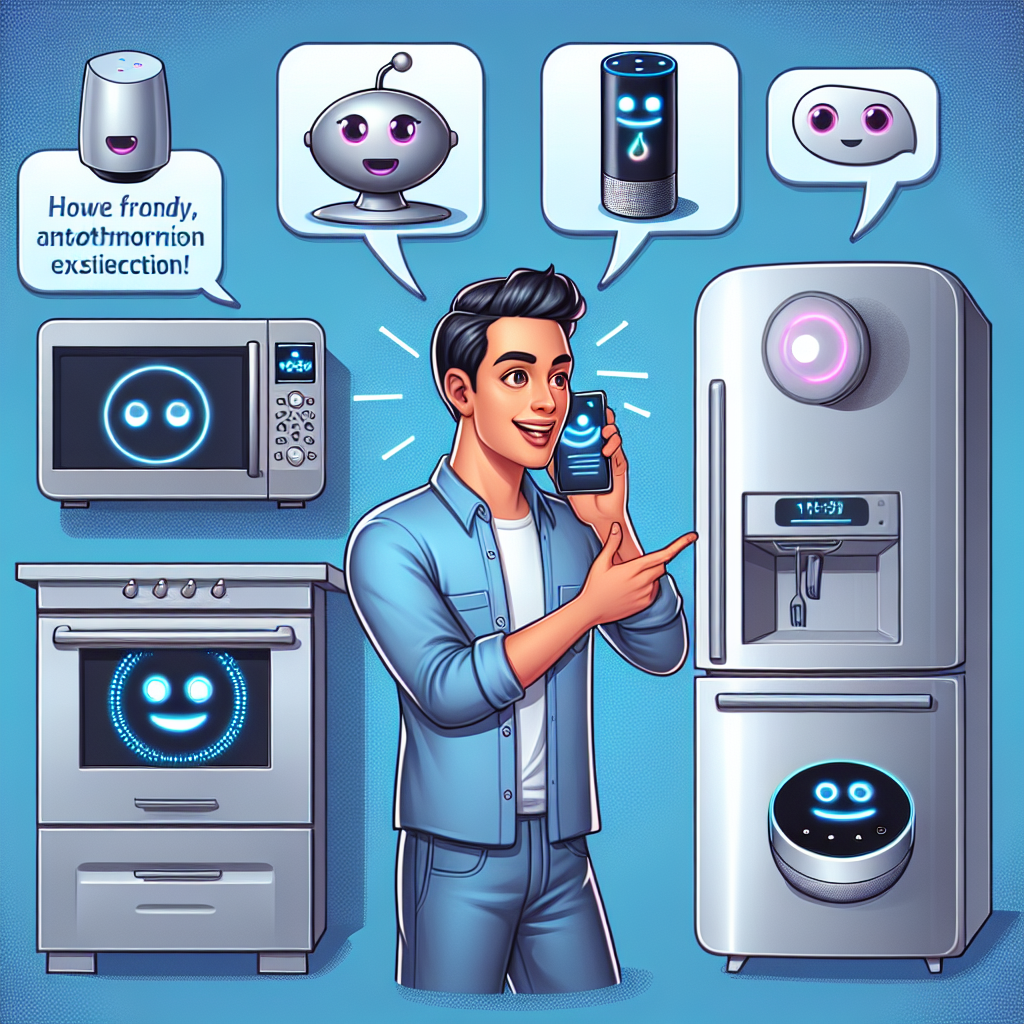In today’s rapidly evolving digital landscape, AI SaaS platforms are becoming the new frontier for innovation and business transformation. These powerful tools offer unprecedented opportunities for automating complex tasks, analyzing vast amounts of data, and creating personalized experiences that were once impossible without significant technical expertise and resources. For individual entrepreneurs, small businesses, and technically-minded professionals, AI SaaS creation platforms represent a gateway to leveraging cutting-edge technology without the traditional barriers of extensive coding knowledge or massive investment.
The promise is enticing: build once, sell repeatedly, and scale without limits. However, the journey from concept to successful AI product isn’t as straightforward as many anticipate. Behind the glossy marketing and impressive demos lies a complex reality that entrepreneurs must navigate to successfully bring their AI products to market.
The Complex Landscape of Sharing and Selling AI Products
Unlike physical products or even traditional software, AI applications come with unique challenges that can catch even seasoned entrepreneurs off guard. One of the primary hurdles is the inherent complexity of AI technology itself. While low-code platforms have made tremendous strides in simplifying the development process, effectively communicating the value proposition of AI solutions to potential customers remains challenging.
“The biggest issue isn’t building the AI product—it’s helping customers understand what it actually does and how it delivers value,” says Alex Chen, founder of an AI-powered productivity tool. “Most people still think of AI as either science fiction or something mystical they don’t understand.”
Data quality presents another significant obstacle. AI applications are only as good as the data they’re trained on. For entrepreneurs developing AI SaaS products, ensuring high-quality datasets is crucial but often underestimated in terms of the time and resources required. Poor data leads to poor performance, which quickly erodes customer trust—a particularly dangerous outcome in the nascent AI product market.
The differences between digital and physical product markets also create unique challenges. Traditional product marketing relies heavily on visual demonstrations and tangible benefits. AI products, however, often work behind the scenes, making their value less immediately apparent. This invisibility factor means entrepreneurs must work harder to showcase the transformative impact of their AI solutions through compelling use cases and measurable outcomes.
Overcoming these challenges requires a multi-faceted approach. Effective customer education through clear, jargon-free communication is essential. Successful AI entrepreneurs focus on translating complex capabilities into simple, relatable benefits. They invest in creating high-quality, diverse datasets that ensure their products perform reliably across various scenarios. Most importantly, they recognize that selling AI products is fundamentally about solving real problems in ways that customers can easily understand and quantify.
Navigating the Competitive Landscape of AI Creation Tools
The field of AI SaaS creation platforms and low-code tools has become increasingly crowded, with new options emerging almost monthly. This competitive environment presents both challenges and opportunities for entrepreneurs looking to develop and market their AI products.
Standing out in this crowded marketplace requires more than just technical excellence. Intelligent collaboration features have become a key differentiator, allowing teams to work seamlessly on complex AI projects regardless of their location or technical background. Platforms that facilitate smooth collaboration between technical and non-technical team members have a significant edge in adoption rates.
Workflow automation capabilities represent another crucial competitive factor. The most successful AI SaaS creation platforms don’t just enable the development of standalone applications—they integrate these solutions into existing business processes, creating end-to-end automated workflows that deliver exponentially greater value.
“What we’re seeing is a shift from isolated AI applications to comprehensive workflow solutions,” notes Dr. Maya Patel, an AI implementation consultant. “The platforms that make it easy to connect AI capabilities to existing business processes are winning the market.”
User-friendly interfaces have become non-negotiable in this space. While early AI tools catered primarily to technical users, today’s market demands accessible solutions that empower non-technical users to create and deploy AI applications without writing code. This democratization of AI development has expanded the potential user base exponentially but also raised expectations for intuitive, frustration-free experiences.
For entrepreneurs developing AI products on these platforms, understanding these competitive dynamics is essential. The most successful AI applications leverage the collaborative and automation capabilities of their underlying platforms while maintaining a laser focus on user experience.
The Power of Open-Source in AI Product Development
The open-source movement has become a powerful force in AI innovation, offering entrepreneurs an alternative approach to developing and marketing their AI products. By embracing open-source principles, AI creators can tap into collective intelligence, accelerate development, and build communities around their solutions.
Open-source AI frameworks and models provide a foundation that allows entrepreneurs to focus on their unique value proposition rather than reinventing fundamental components. This approach has democratized access to cutting-edge AI capabilities, enabling smaller players to compete effectively with larger, resource-rich organizations.
Community collaboration represents one of the most significant advantages of the open-source approach. By opening parts of their codebase to public contribution, AI entrepreneurs can benefit from improvements, bug fixes, and innovations from a global community of developers. This collaborative model often leads to more robust, secure, and feature-rich products than could be developed by any single team.
Historical examples demonstrate the power of this approach. Companies like Hugging Face have built thriving businesses by creating open-source AI tools and fostering vibrant communities around them. Their success underscores how openness can drive both innovation and market adoption.
The integration of AI agents into sales processes offers another promising avenue for entrepreneurs. These intelligent assistants can handle routine inquiries, qualify leads, and provide personalized recommendations, freeing human sales teams to focus on higher-value activities. Tech disruptors who have successfully implemented AI agents report significant improvements in sales efficiency and customer satisfaction.
For AI product creators, embracing open-source doesn’t mean giving everything away—it means strategically sharing components that benefit from community involvement while maintaining proprietary elements that deliver unique value. This balanced approach can accelerate development, build credibility, and create a foundation for sustainable business growth.
Meeting the Demand for Customizable Digital Workers
One of the most exciting trends in the AI SaaS market is the growing demand for customizable digital workers—AI agents designed to handle specific business tasks with minimal human intervention. These virtual employees can transform business operations, from customer service and data analysis to content creation and decision support.
Small businesses and individual entrepreneurs are particularly drawn to digital workers that can be tailored to their specific needs without requiring technical expertise. The ability to customize AI capabilities through intuitive interfaces rather than complex coding has opened this technology to a much broader audience.
“We implemented a customizable AI digital worker to handle our customer support inquiries,” shares Sarah Johnson, founder of an e-commerce startup. “Being able to train it on our specific products and policies without hiring a developer made all the difference. It now handles 70% of our support volume, allowing our human team to focus on complex cases.”
Robust support systems are crucial for the successful implementation of these digital workers. Even with user-friendly interfaces, customers often need guidance on best practices, troubleshooting, and optimization. AI SaaS platforms that provide comprehensive documentation, responsive support teams, and active user communities tend to see higher adoption rates and customer satisfaction.
Flexibility in design has emerged as another key factor in the success of digital worker solutions. The most effective platforms allow users to start with templates for common use cases but then adapt and extend these templates to address their unique requirements. This balance between structure and flexibility accelerates implementation while ensuring the final solution truly fits the user’s needs.
The Rise of Personal Use AI Products
Beyond business applications, there’s a surging interest in AI products designed for personal use. From productivity assistants and creative tools to health trackers and personal finance advisors, consumers are increasingly receptive to AI solutions that enhance their daily lives.
This market segment presents unique opportunities and challenges for AI entrepreneurs. On one hand, personal use applications often have simpler requirements and more straightforward value propositions than enterprise solutions. On the other hand, they face intense competition and heightened privacy concerns.
Privacy considerations are paramount in this space. Consumers are increasingly aware of and concerned about how their personal data is collected, stored, and used. Successful personal AI products address these concerns transparently, implementing robust privacy protections and giving users control over their data.
“Trust is the currency of personal AI products,” explains privacy expert Dr. James Wong. “Users need to know that their information is secure and that they maintain ownership and control. Companies that build this trust will win long-term loyalty.”
User experience takes on even greater importance with personal AI tools. While business users might tolerate some complexity for significant benefits, consumer applications must be immediately intuitive and reliable. The most successful personal AI products deliver value within minutes of first use, with minimal setup or learning required.
For entrepreneurs developing personal AI applications, focusing on specific, well-defined use cases often proves more effective than attempting to create all-purpose solutions. This targeted approach allows for deeper functionality in areas that matter most to users while simplifying the overall experience.
Aligning with the Future of AI SaaS Creation
As we’ve explored the various challenges and opportunities in the AI SaaS marketplace, a common thread emerges: accessibility is key to unlocking the full potential of this technology. The vision of empowering everyone to create and benefit from AI solutions aligns perfectly with the growing demand for intuitive, powerful creation platforms.
The most promising AI SaaS creation platforms share a commitment to democratizing this technology, making it accessible to users regardless of their technical background. By providing user-friendly interfaces, comprehensive learning resources, and supportive communities, these platforms are breaking down barriers that once restricted AI development to specialized teams.
This democratization isn’t just about access—it’s about enabling genuine innovation. When diverse creators with varied perspectives and expertise can build AI solutions, the resulting products address a much broader range of needs and use cases than would emerge from a more homogeneous developer community.
An open market approach further accelerates this innovation by creating channels for creators to share and sell their AI applications. This ecosystem benefits everyone: creators gain opportunities to monetize their work, users access a wider variety of solutions, and the platform itself becomes more valuable as its marketplace grows.
The ultimate goal—fully automated workflows that require minimal human intervention—represents the next frontier in this evolution. We’re already seeing impressive examples of autonomous systems that can handle complex processes from end to end, such as content creation workflows that select topics, generate text and images, review for quality, and publish completed work without human assistance.
As AI SaaS creation platforms continue to evolve, they promise to transform not just how we work, but who can participate in creating the tools that shape our future. By addressing the challenges we’ve discussed and embracing the opportunities they present, entrepreneurs can play a significant role in this transformation, building AI products that deliver genuine value in an increasingly automated world.
For those looking to enter this market or expand their existing AI offerings, focusing on accessibility, quality, and real-world problem-solving will remain the keys to success. The future belongs to those who can harness the power of AI while making it understandable, trustworthy, and beneficial to users of all technical levels.









